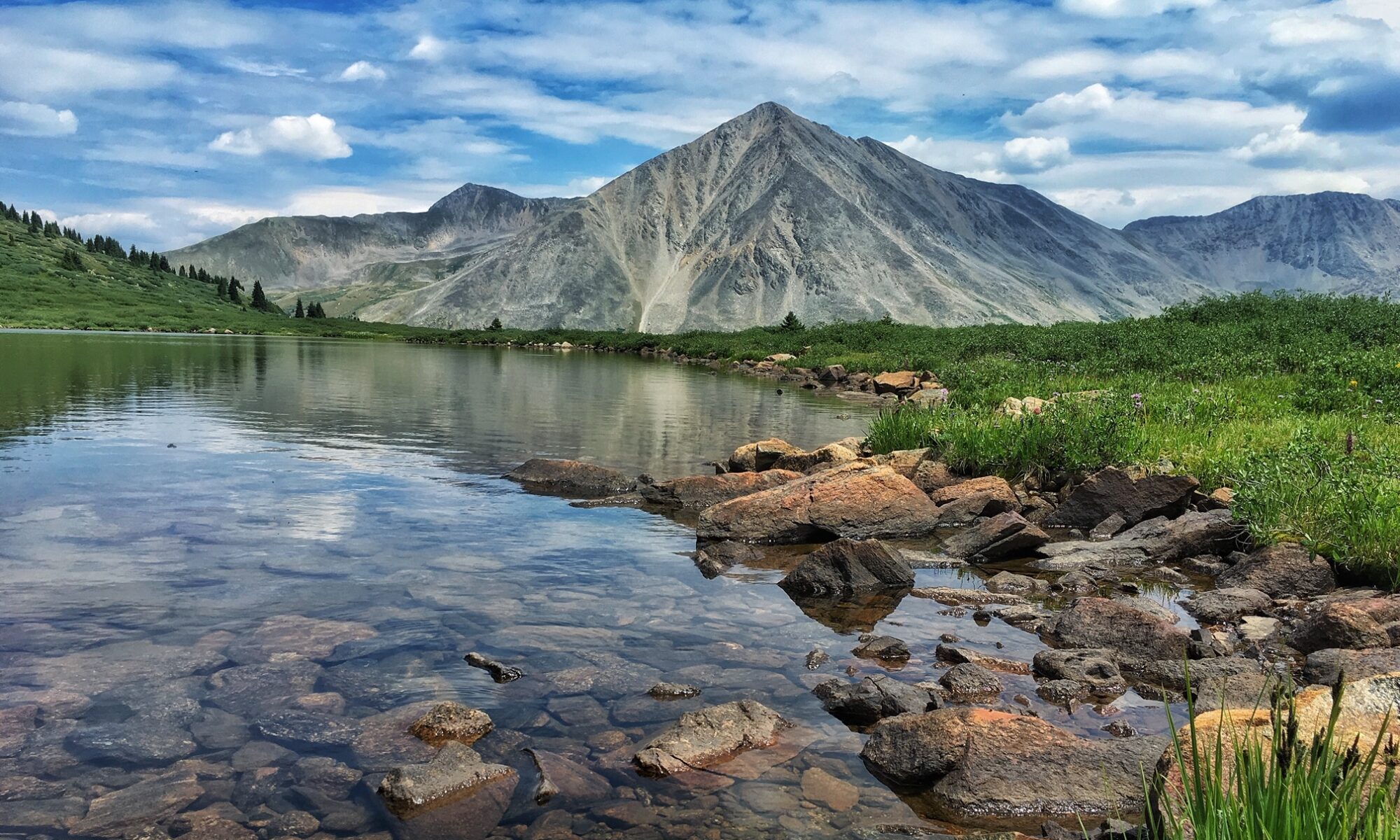Here is a riddle: what is big, ugly, and sends trout into attack mode? Hint: it’s not your wading boots.
Answer: it’s a grasshopper.
Trout love to eat hoppers and will go into a feeding frenzy when hoppers are readily available. That’s usually mid-July to mid-August, depending on where you’re fly fishing.
Attack Worthy
If you are new to fly fishing, you’ll find that a hopper pattern is your best friend during the dog days of summer. You’ll learn to love hoppers because the trout attack them. I remember fly fishing the Yellowstone River a few years ago with my two sons on a hot afternoon in late July. It was a clear, sunny day—usually not the best conditions for fly fishing. Yet, all three of us had strikes on almost every cast.
Our hopper patterns were irresistible to the Yellowstone Cutthroats.
High Visibility
Something else which newbies and veterans appreciate about fishing hoppers is their visibility.
A size #6 Dave’s Hopper is much easier to see floating down the river than a size #18 parachute Adams. It’s like the difference between watching a strawberry and a single Cheerio floating in the current.
Fly fishers also love hoppers because they seem to float forever without getting waterlogged—especially the hopper patterns ties with foam.
Yes, hoppers are generally “easy-schmeasy” to fish. But here a few tips that will help you if you are a beginner.
1. Be ready!
You’ll often get a hit as soon as the hopper hits the water.
The first time it happens, you may be left with your mouth gaping, wondering why you didn’t set the hook! So expect a strike as soon as your hopper hits the water. Even if it floats for a few seconds before a trout attacks it, the strike will come unexpectedly and demand a quick set (that is, a firm, slight lift of your rod tip).
2. Size and color matters.
It generally doesn’t matter how your hopper imitations are made.
As noted above, foam patterns tend to float longer than those tied with hair. Otherwise, a certain style of legs or the shape of the body matters little. I’ve even caught plenty of trout on large caddis flies and spruce moths during hopper season.
What does matter is size and color.
Now most trout aren’t going to snub a size #8 and only take a size #10 or vice versa. But at the beginning of a season, trout might pass up a size #6 and only take a size #12 because the hoppers they are seeing are smaller. Likewise, if most of the hoppers are green, fish might not key in as well on yellow.
I realize that trout process color differently than humans do. But there are times when color seems to matter.
So, do your homework. Get on the website of a fly shop near the river you plan to fish. Better yet, pick up your phone and call one of their guides.
3. Use a smaller fly as a dropper.
I rarely fish a hopper by itself.
I’ll typically tie on a foot-long piece of tippet material to the bend of the hook of my hopper. Then, I’ll tie on another terrestrial, such as an ant or beetle pattern, to the end of the tippet. This additional fly is called the “dropper” or “trailing fly.” Sometimes, I’ll use an attractor pattern like a Red Humpy or a Royal Wulff as my dropper. Interestingly, there are days when two out of every three trout hit the dropper, not the hopper.
Other days it’s the opposite.
4. Slap ‘em and twitch ‘em.
You don’t need delicate casts with hoppers. You can let the terrestrial hit the water a bit harder than usual. You’re trying to imitate a hopper falling into the river, not a hopper making a smooth, stealth landing.
So don’t worry if your fly makes a small splash. Obviously, I’m not saying slap your line on the water. Slap the hopper on the water.
If your hopper is floating down a riffle or a fairly swift stretch of current, let it float. But if you are in a slower, smoother section, twitch or “skate” your hopper a bit. This imitates a hopper that has fallen into the river and is trying to escape. Caution: when you do this, be ready for a violent strike!
5. Aim for the prime time of day.
Prime time is usually mid or late morning to early afternoon. It takes the warmth of the sun to get hoppers hopping — and a little wind will blow them into the river. If you’re fishing early morning (especially) or late afternoon, you may need to try another kind of fly.
Last summer, I fished a creek in Montana that had a reputation as hopper heaven. I got on the water about 9:30 a.m. and immediately started using hopper patterns.
Forty-five minutes later, I felt a bit discouraged and considered tying on something else. Then I had a vicious strike. Then another, and another. The trout devoured hoppers the rest of the morning and into the afternoon. Then, about four o’clock, it was as if every trout had received the memo that it was time to stop feeding on hoppers. The action simply shut down.
So join the fun. Whatever else you do this summer, schedule a day or two on a river where hoppers live along the bank. Hopper fishing is downright addicting!











